Late 15th century
Dimensions: h. 23 cm, w. 45cm, d. 29 cm
Walnut with inlays of different types of stained native wood
Rare writing box with intricate decoration of inlays belonging to a group of furniture and objects executed in Florence using the "intarsia" technique during the 15th century, during the "quattrocento", the first Italian Renaissance.
Rectangular in shape, our box opens with a lid revealing an interior containing four drawers and three compartments. Its three sides as well as the inside of the lid feature a rich repertoire of the most beautiful geometric patterns made with inlays of small wood tesserae and threads of several shades (ranging from the lightest to the darkest).
Nested chevron friezes, zigzag bands, hexagonal friezes incorporating checkerboards, diamond friezes; multiple and complex geometric decoration culminating in the centre of the façade and sides by a series of eight-point stars formed by three-dimensional polyhedra, one face with the checkerboard, positioned inside the two entangled frames.
The inside of the lid reveals a geometric decoration composed of several bands of tesserae with in the centre in a frame of friezes of empty and checkerboard lozenges: the intarsia illustrating the Instruments of the Passion. On a mound representing Golgotha are depicted:
• The sun and moon humanized (the eclipse)
• The crucifixion cross with the INRI plate
• The Holy Sponge at the end of a branch
• The ladder (to lower the body of the dead Christ)
• The Column of Flagellation
• The centurion's spear piercing Christ's side
• The rooster surmounting the column (St. Peter's denial)
The outside of the lid accommodates in its middle, a checkerboard, which allowed the chest to be used as a games box, the interior compartments being used to store pawns, for example. Objects and furniture being polyvalent in 15th century due to their rarity.
Our box is part of the artistic movement combining geometry and perspective that goes hand in hand with the architectural prowess of the Italian Renaissance. The art of inlay is deployed here in a search for three-dimensional shapes. The artists multiply visual techniques, using pieces of wood in contrasting colors to create depth and shadow, to give the impression of three-dimensional objects in a two-dimensional space.
Related works:
• Casket, auction Sotheby’s London, 03/12/2014, lot 74 (the interior of the lid not decorated)
• Casket, museum Jacquemart-André de Chaalis at Fontaine Chaalis
Two other similar caskets are illustrated in:
- M. Tinti, Il Mobilio Fiorentino , Milan, 1929, pl. XIX ;
- Catalogus van meubelen en betimmeringen , cat. Rijksmuseum Amsterdam, La Haye, 1952, no. 384, fig. 10
Geometry and perspective studies had an important place in the highest echelons of the Florentine aristocracy. Our box shows not only the art of intarsia, but above all a pronounced taste for science and the erudite mind of its owner/patron, while being very devout. For the presence of the instruments of the Passion inside the lid allows for private recollection, and serves to contemplate the sufferings of Christ.
Intarsia:
Mixed process since it consists of cutting small tesserae and wooden nets in different shades and inlaying them in cavities dug in the surface of the solid walnut. These inlays are glued to the cells to prevent tearing. The technique of "intarsia" is contemporary with that of "certosina", the latter consists of assembling contrasting geometric patterns using tesserae of wood, horn and bone, partly tinged with green.
We find the geometric shapes present on our box on the caskets executed "alla certosina" in the Venetian workshops of the Embriachi (the founder of the Florentine merchant and banker workshop Baldassare Ubriachi)
Linear Perspective and Intarsia in 15th-Century Florence
The principles of linear perspective were laid down in the years 1435/36 by an architect theoretician Léon Battista Alberti (1404-1472) in his treatise De Pictura following experiments made by Filippo Brunelleschi (1377-1446) during the construction of the Cathedral of Florence.
Thanks to his method of method of designing urban panoramas with the aid of a mirror and a panel with a peephole, Florentine artists such as Masaccio and Uccello were the first to apply the rules of perspective in painting.
Brunelleschi did not only address painters with his invention. The art historian and theoretician Giorgio Vasari (1511-1574) noted in this regard that the architect had made particular efforts to [instruct] in his method "those who made tarsia, that is to say , who practiced the art of inlaying wood of different colors.” Vasari said of Brunelleschi: "He was such an inspiration to them that they took advantage of this craft and practiced it with great mastery and have since produced many remarkable works which have contributed greatly to the reputation of Florence and were useful to him."
Brunelleschi's experiments marked the beginning of the golden age of marquetry and the Florentine masters of intarsia were known beyond the borders of Tuscany as maestri di prospettiva, i.e. say the masters of perspective.



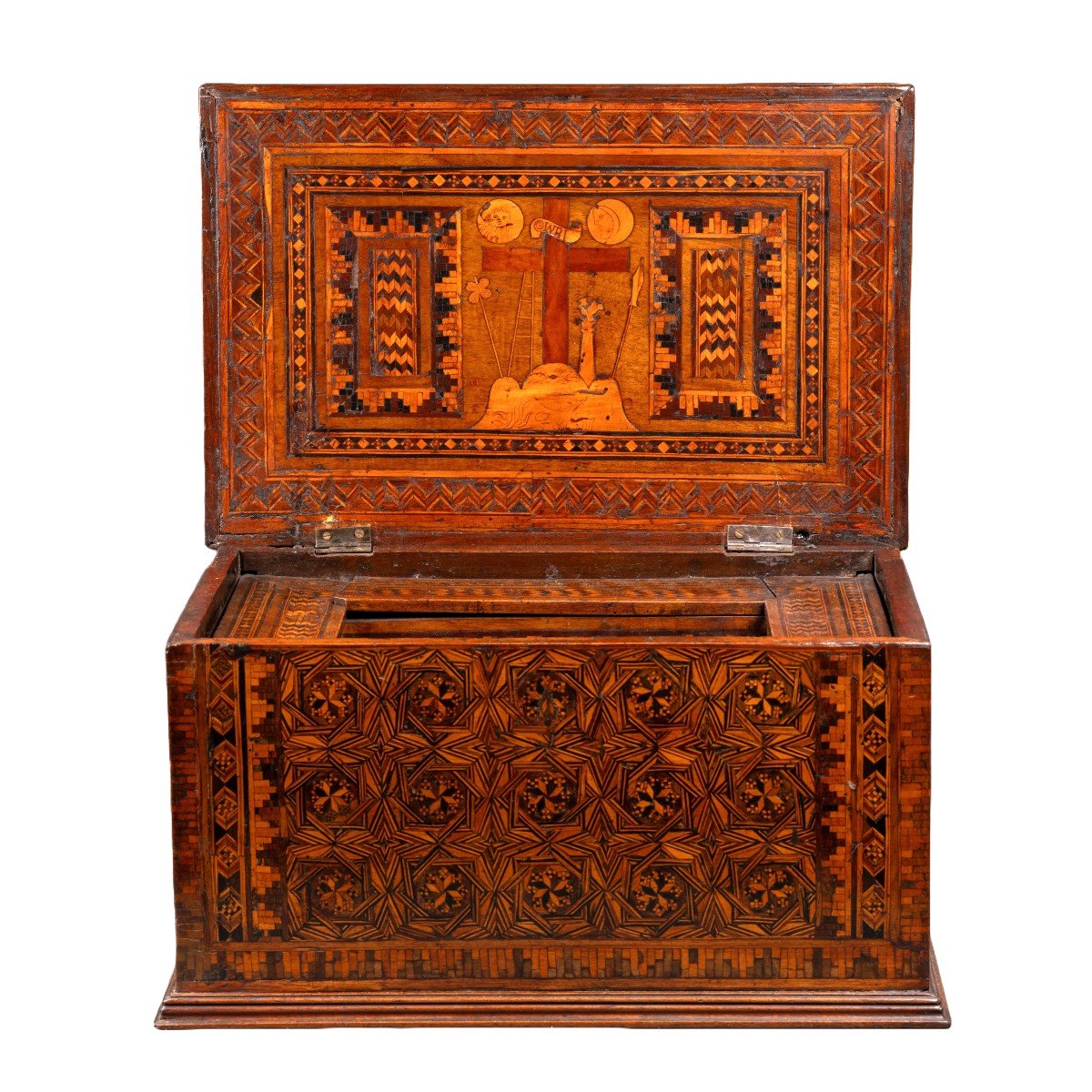
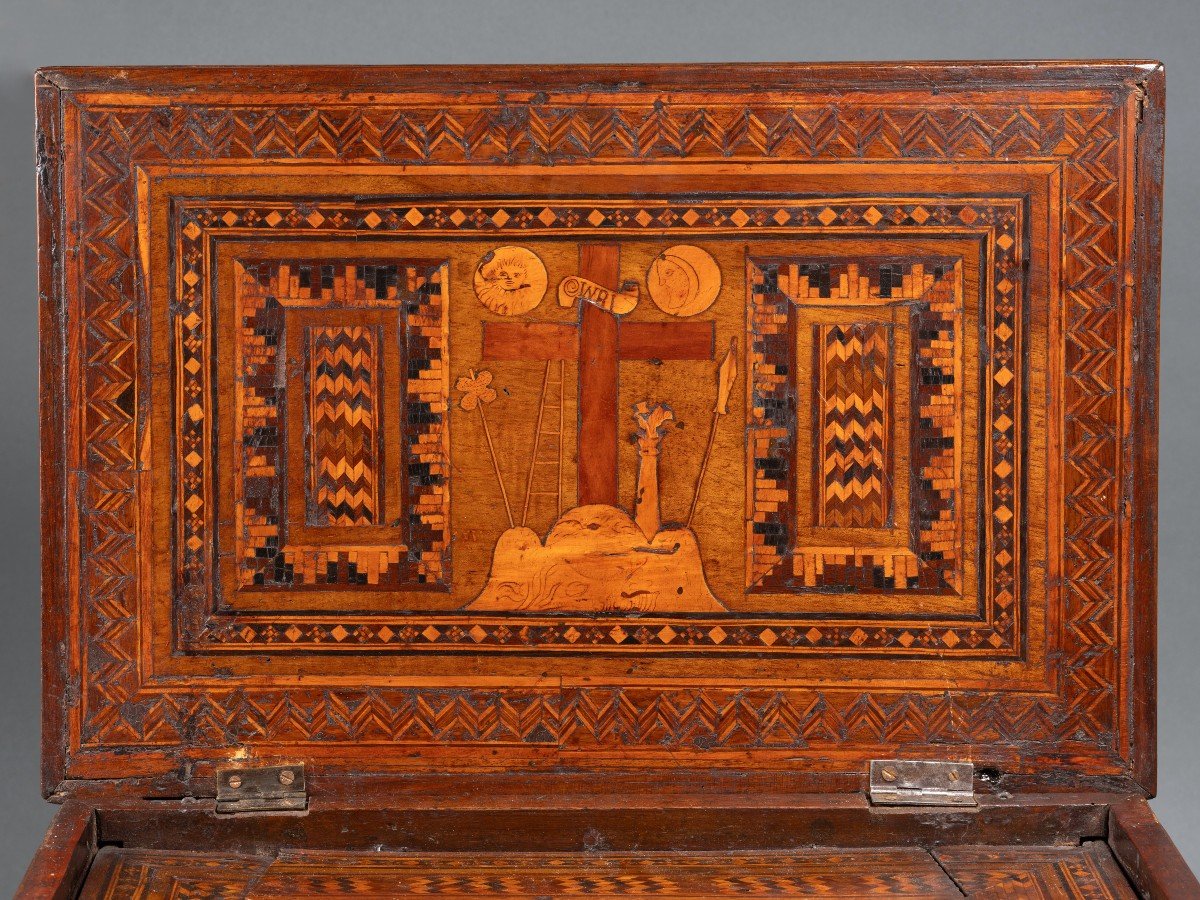


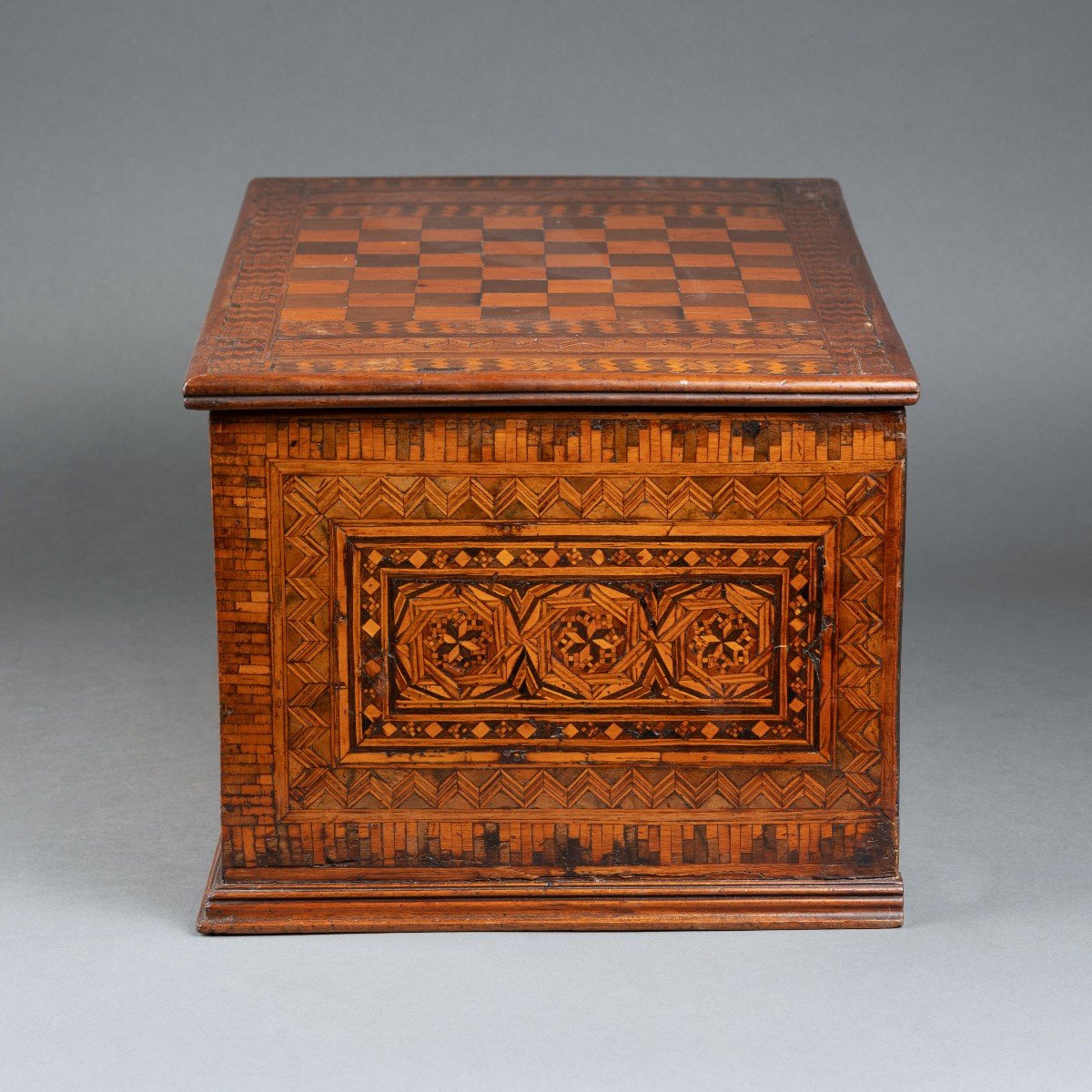
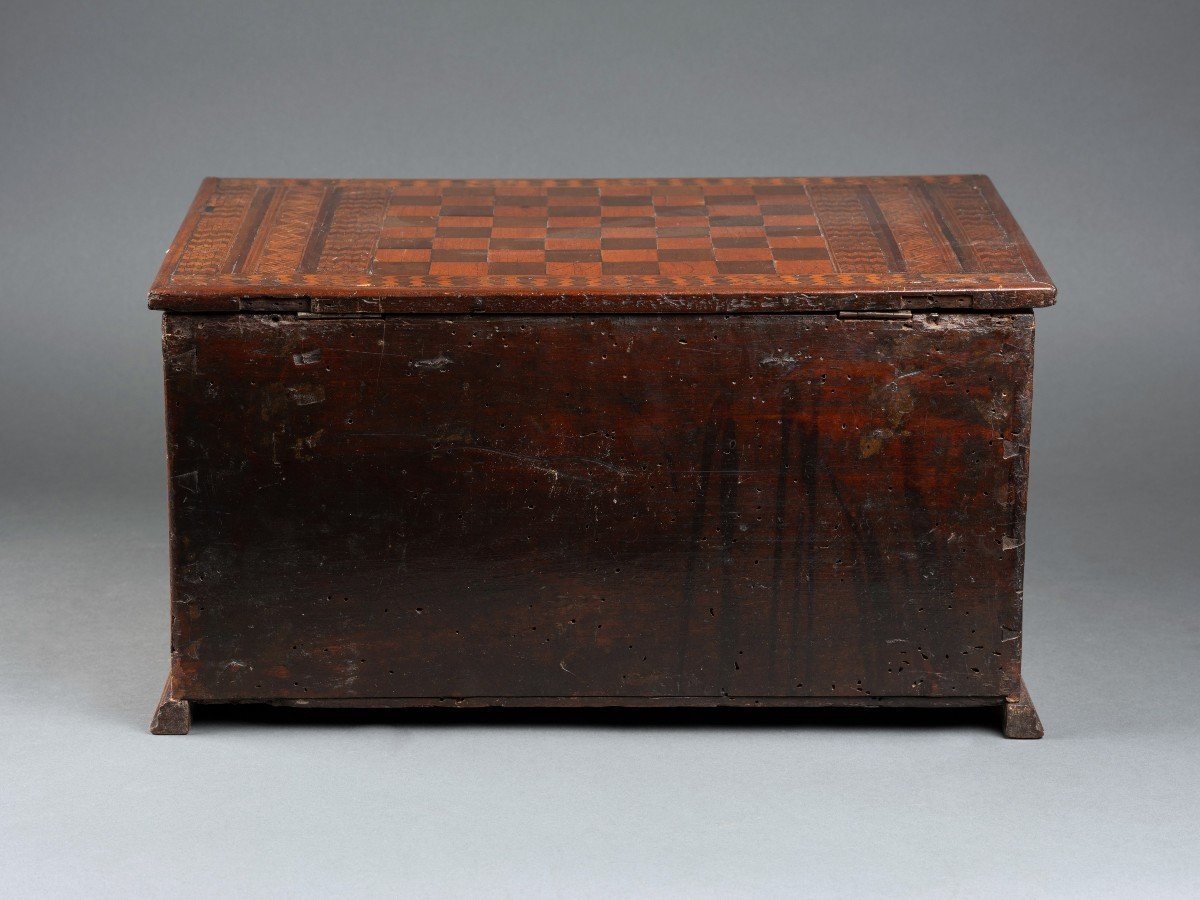
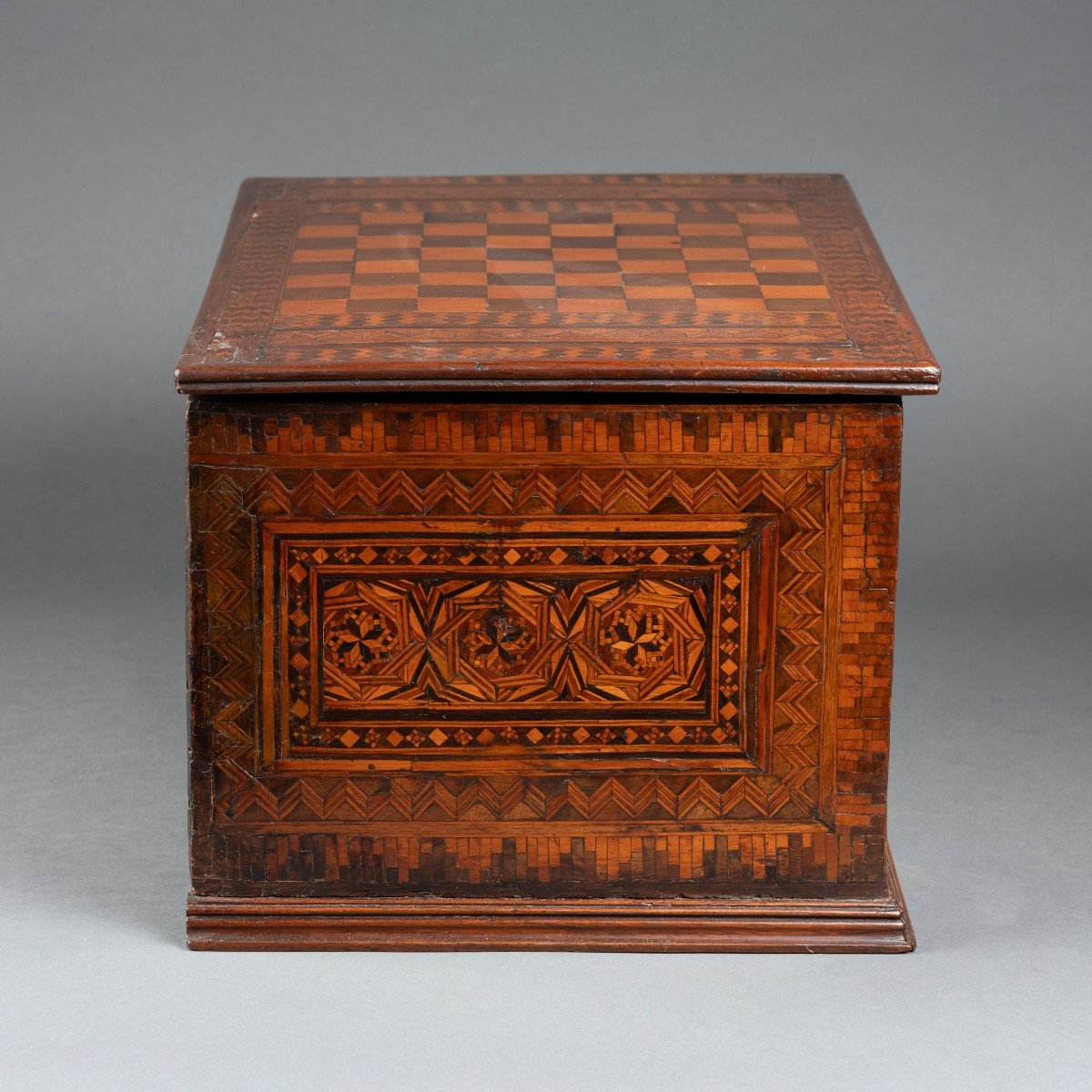
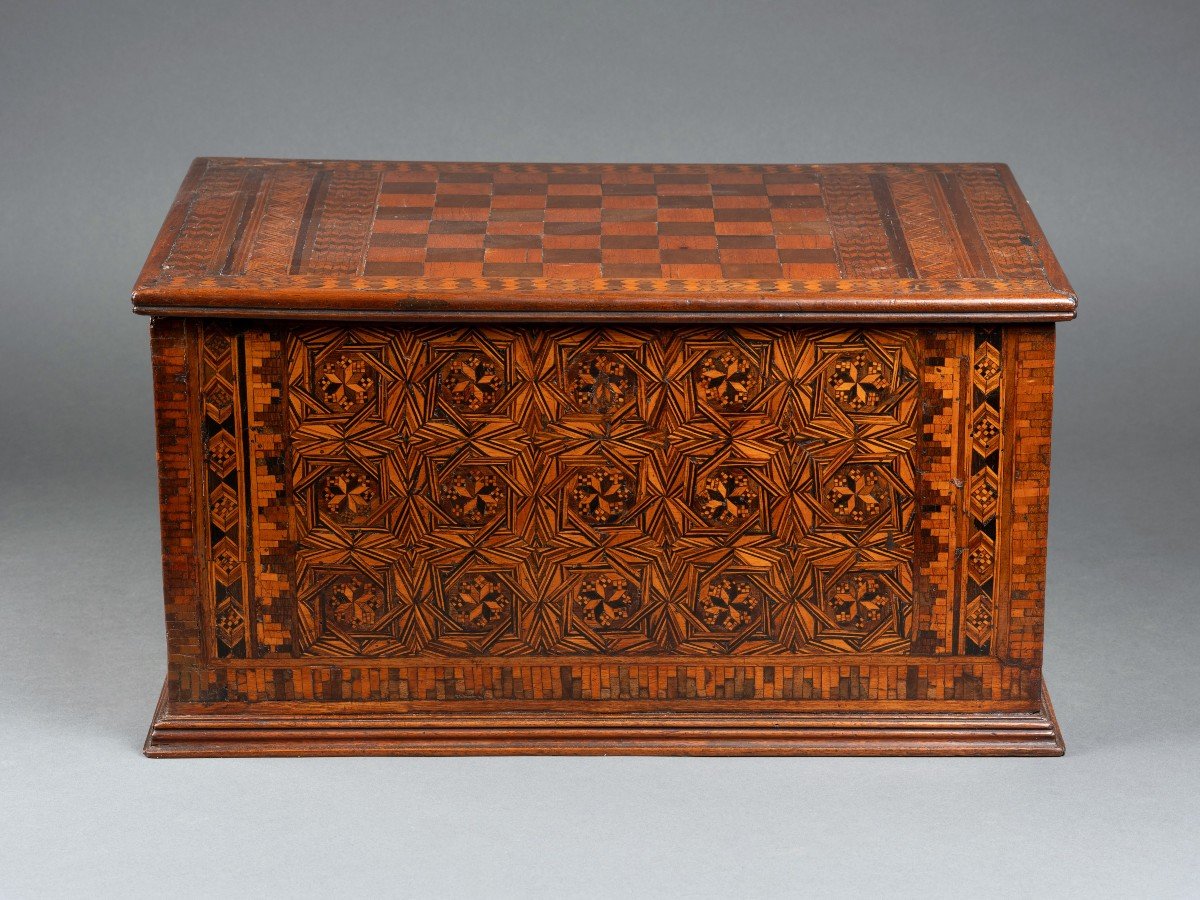
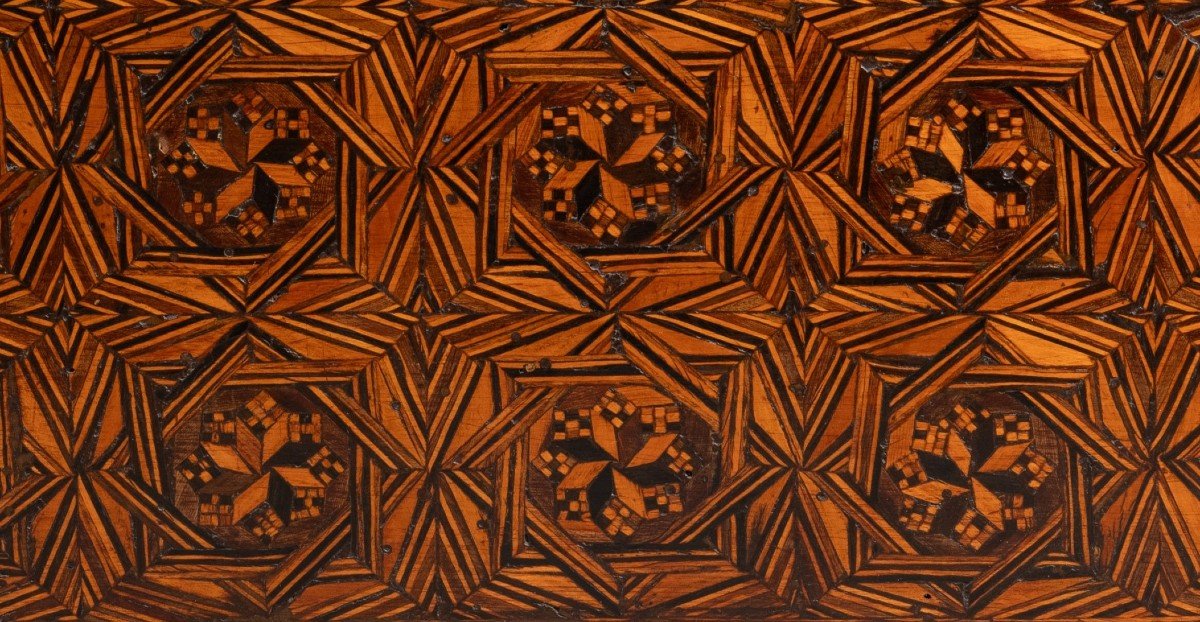
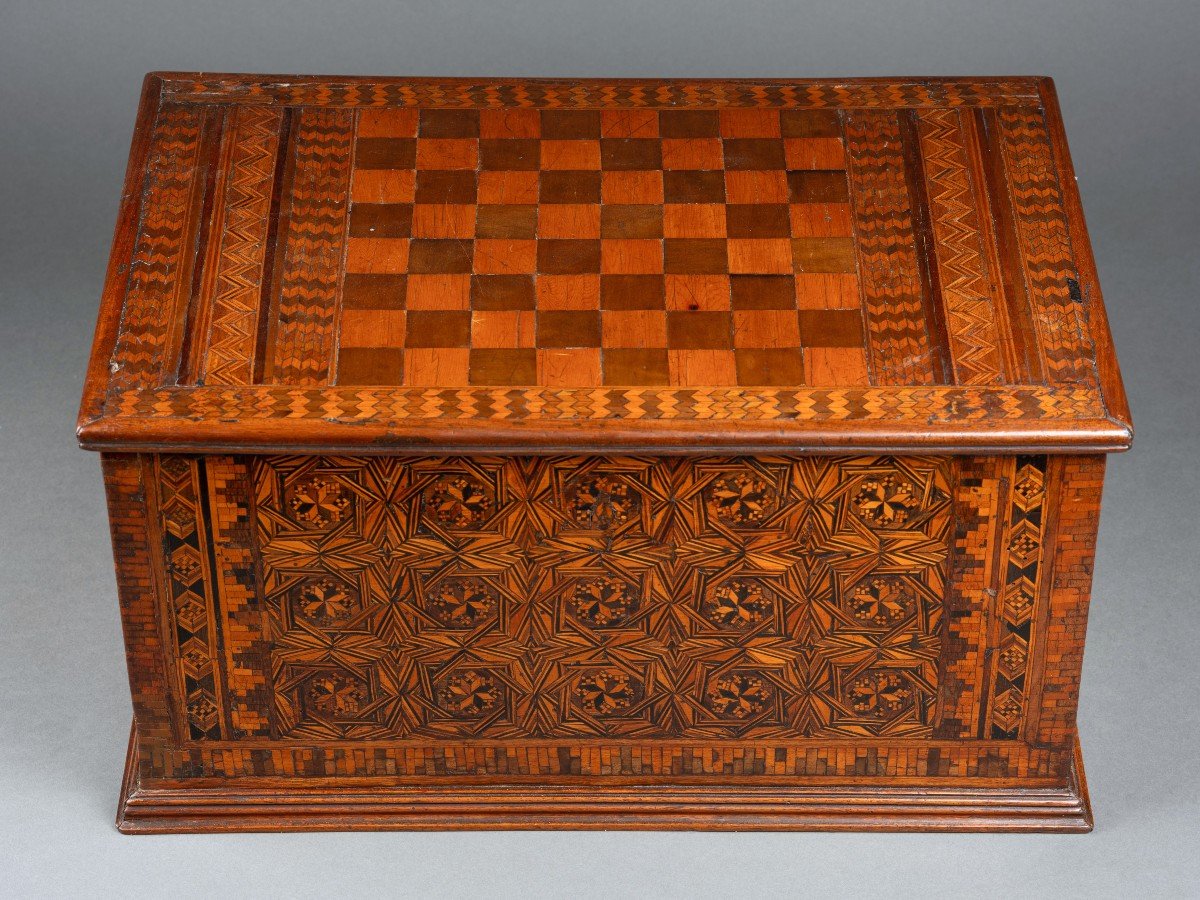

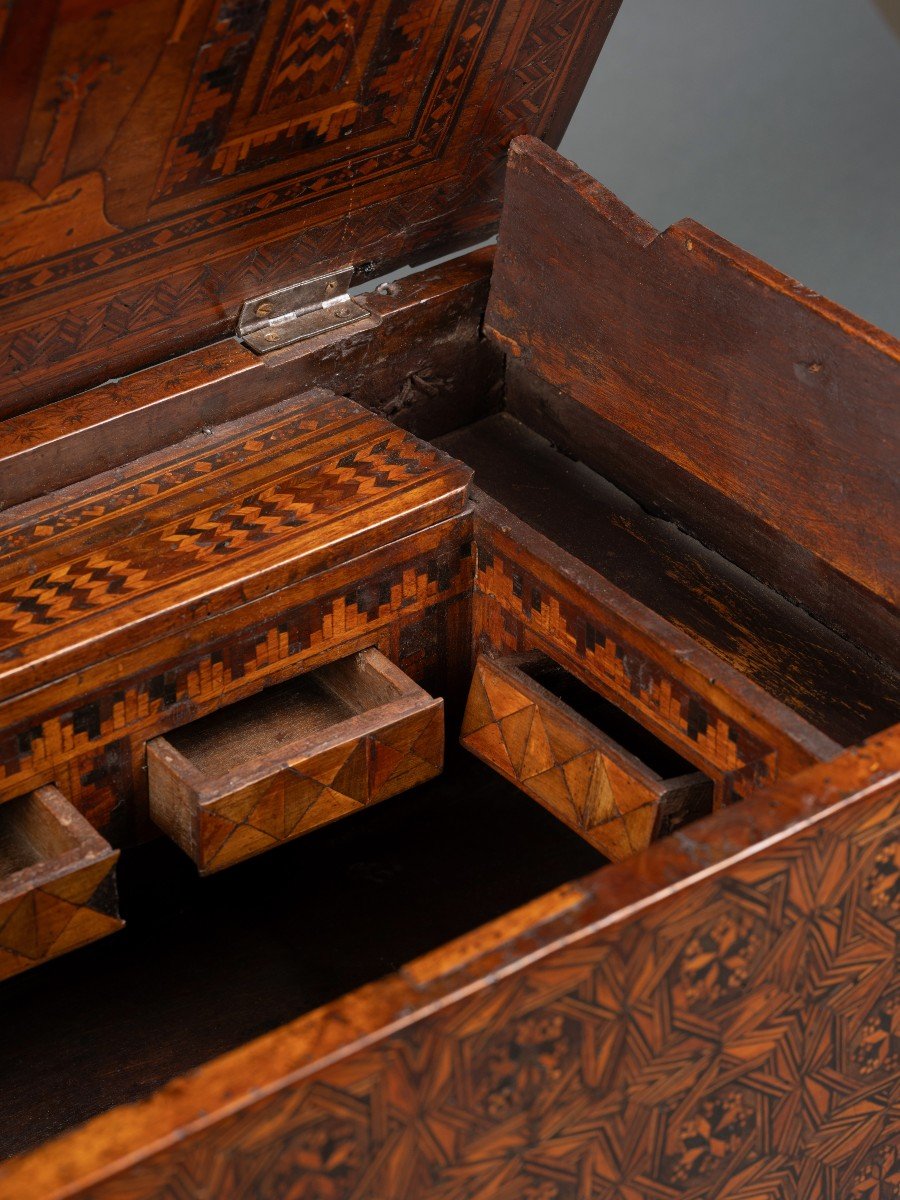
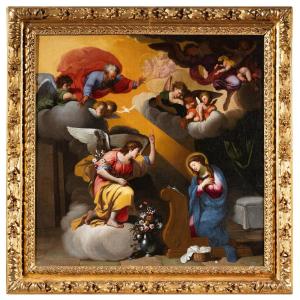
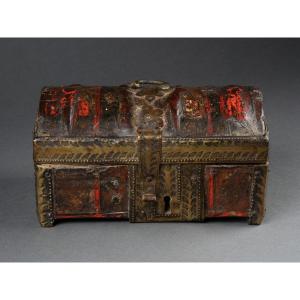







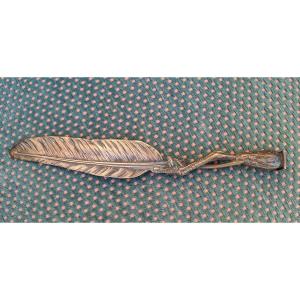






 Le Magazine de PROANTIC
Le Magazine de PROANTIC TRÉSORS Magazine
TRÉSORS Magazine Rivista Artiquariato
Rivista Artiquariato
